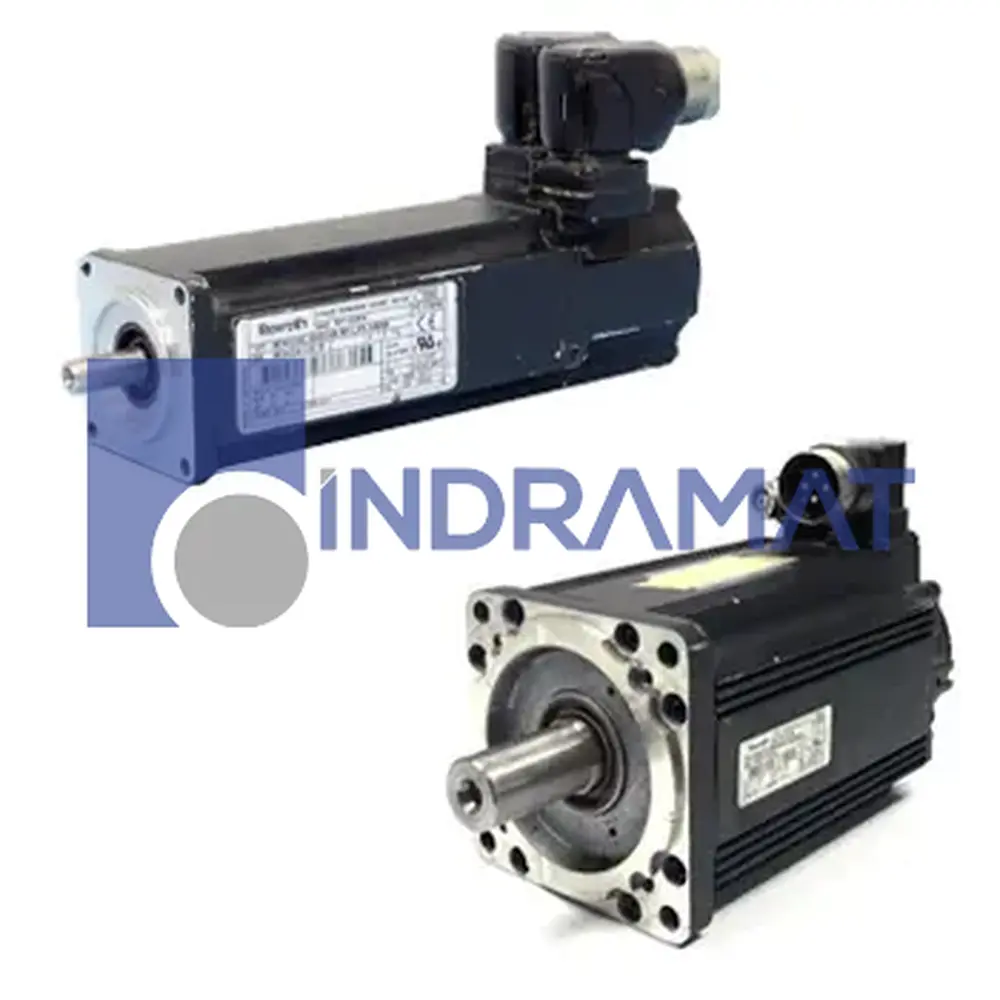R911315698 (MSK100B-0200-NN-M2-BP0-RNNN)
MSK IndraDyn S Synchronous Motors
Technical Specifications
Product Type
Synchronous Motor
Operating Conditions
Ambient temperature between 0 °C and 40 °C
Frequently Asked Questions
Common Misspellings
Internal Product Review
The IndraDyn S Synchronous Servomotor MSK100B-0200-NN-M2-BP0-RNNN from Bosch Rexroth offers 33.0 Nm continuous torque and 102.0 Nm maximum torque with natural convection cooling. It includes a multiturn absolute optical encoder using the EnDat2.1 interface and 2048 signal periods resolution. This motor is ideal for automation, robotics, printing, and packaging industries.
Shipping & Payment Options




Warranty

Repair
 We offer a repair service for the MSK100B-0200-NN-M2-BP0-RNNN.
We offer a repair service for the MSK100B-0200-NN-M2-BP0-RNNN. 
 Want to
Want to 





